It was 1 PM. Sought directions from my hotel reception to any nearby Indian restaurant. Well-informed, I stepped out into the narrow lane of Stone Town and started walking in the said direction. There was a slight drizzle and lot of Europeans moving around in the narrow, winding labyrinthine lanes. As I walked staring at the scenes on both sides, soon I had lost all sense of direction and found myself in front of my hotel again. Resolutely, with the spirit of Robert Bruce, set out again and as I took a turn into a narrow lane, there was an Indian restaurant — Krishna Food House, fully vegetarian. Had a homely Gujarati thali washed down with Serengeti beer ( yes, they serve beer) and a hearty chat win Hindi with the proprietor whose family had settled in Stone Town, Zanzibar a few generations earlier.
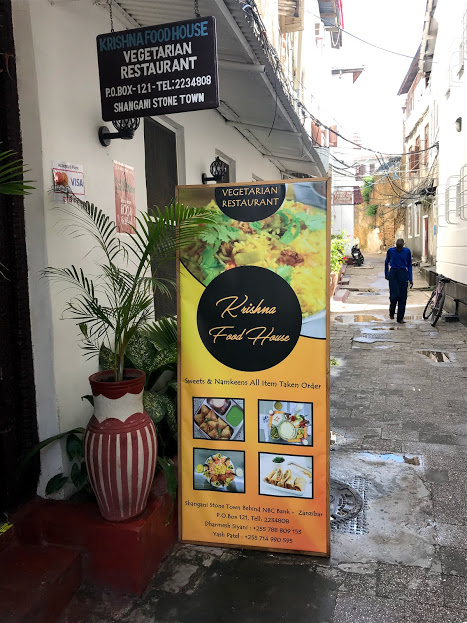
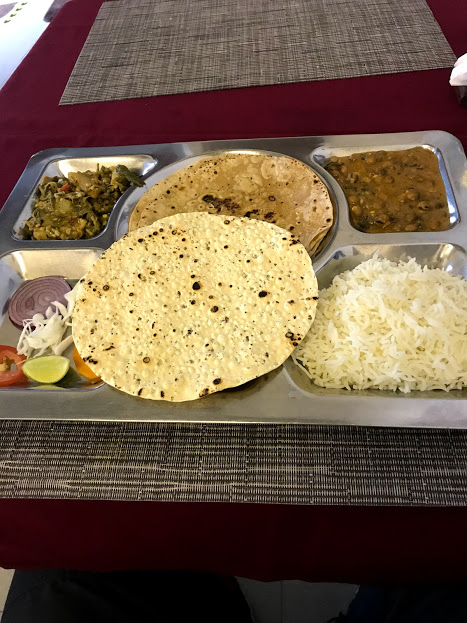
After the hearty meal walked back to my hotel which was just about five minutes away for a small nap. My guide for the walking tour was expected at 3 PM.
Baka (that was the guide’s name) arrived a little after 3. A short, stocky young man, I could sense he was not a native African, as he had a brownish hue with close curly hair. He spoke decent English and explained that his ancestors were from Oman, though he had lived all his life in Unguja. Where is Unguja, I asked, to which a counter-question was posed by Baka — “What do you know about Zanzibar?”. Though I had read up a little, I just shrugged my shoulders ( When I have a guide, why not hear from him?
Zanzibar is not a single island but an archipelago off the coast of Tanzania, began Baka. There are two major islands, Pemba and Unguja with the latter popularly called Zanzibar. Oh, so I am in Unguja, I thought as Baka traced the history of Zanzibar. It was the Portuguese who colonised the island first, but in the late 1600s the Omanese moved in and stayed on till 1890 when Zanzibar became a British protectorate though the Sultan stayed on in power. As the Sultan of Oman ruled Zanzibar for long and even shifted his capital here, the Arabic influence is evident, not only in the architecture and food but also in the religion — Zanzibar’s citizens is more than 90% Muslim. In 1963, the British stated that Zanzibar was no longer a protectorate. Within a month, the Zanzibar Revolution took place & the Sultan was deposed. The People’s Republic of Zanzibar and Pemba was formed, but it did not last long. In April 1964, Zanzibar merged with mainland Tanganyika & the merged entity came to be known as the United Republic of Tanzania ( TAN from Tanganyika & ZAN from Zanzibar).
As we started walking through the narrow streets, Baka stopped at one place and asked ” Do you know what was the major trade in Zanzibar”, asked Baka. ‘ Spices’, I responded. He nodded and added ” Not only spices but also slavery and ivory”.
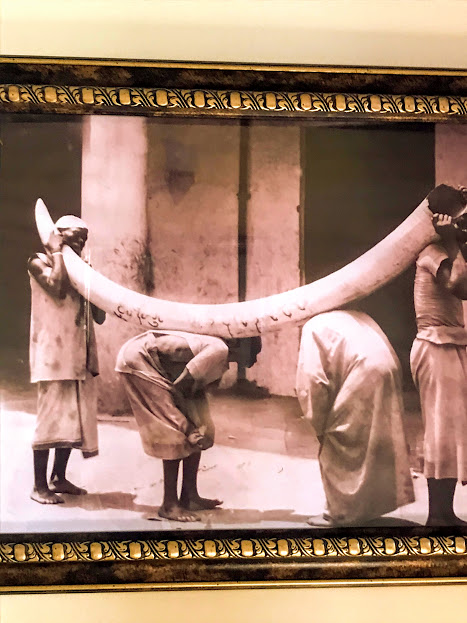
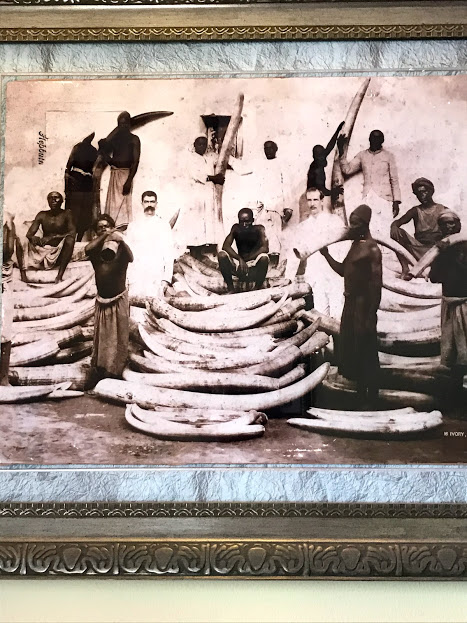
We were in Stone town which is the old city of Unguja or Zanzibar with the other side being the new city. Stone Town is a UNESCO World Heritage site. All the buildings in those winding alleys and by-lanes are made of stone with the wooden doors & windows reflecting the Arab, Persian, European and even Indian influence. Any restoration or reconstruction is not permitted without the external facade being retained as it were originally.
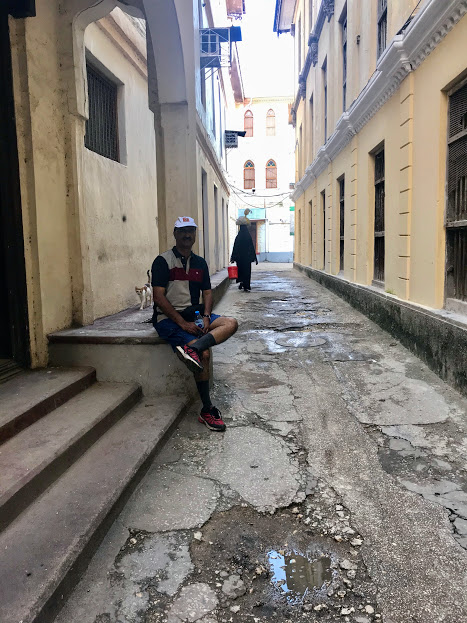
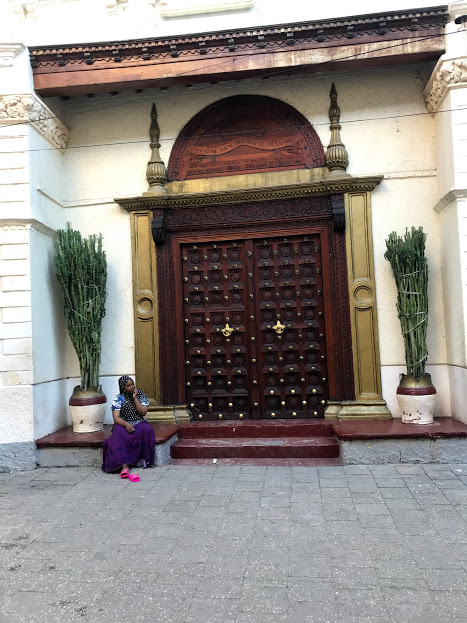

We were now in front of the St.Joseph’s Cathedral. Baka explained that originally this site was a Slave market.
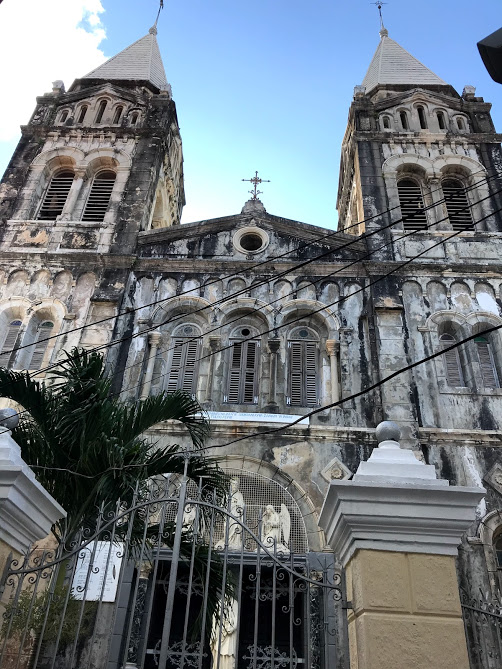
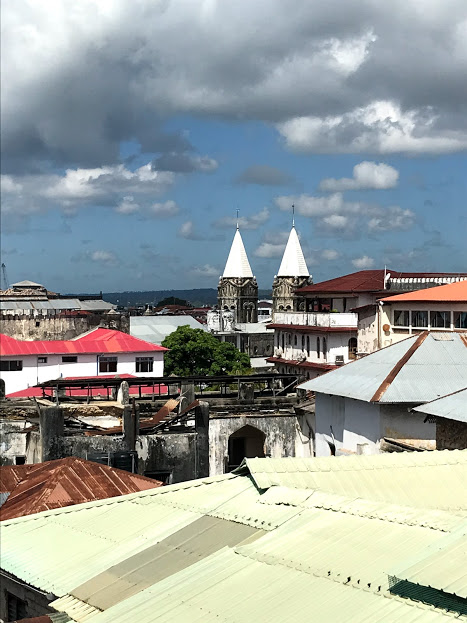
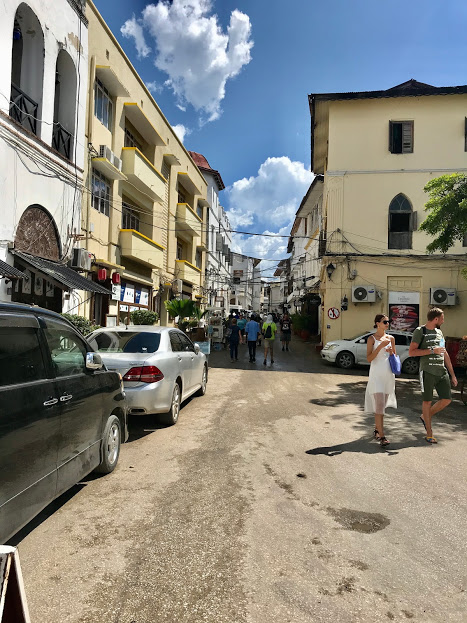
As we walked along, we found the Freddy Mercury Museum. The legendary singer, a Parsi by name Farokh Balsara, who attained dizzy heights as Freddy Mercury was born in Zanzibar. Baka pointed out that many state that the house where he was born had been converted to a museum– This is not true. We also passed by the Jaws Corner, where during the days of the Revolution, political parties used to conduct meetings, I was told. Maybe the Jaws was a reference to the fact that all politicians would swallow the common man.
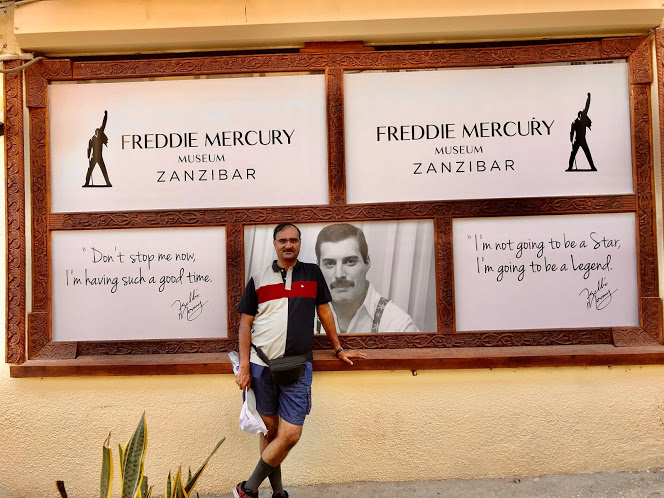
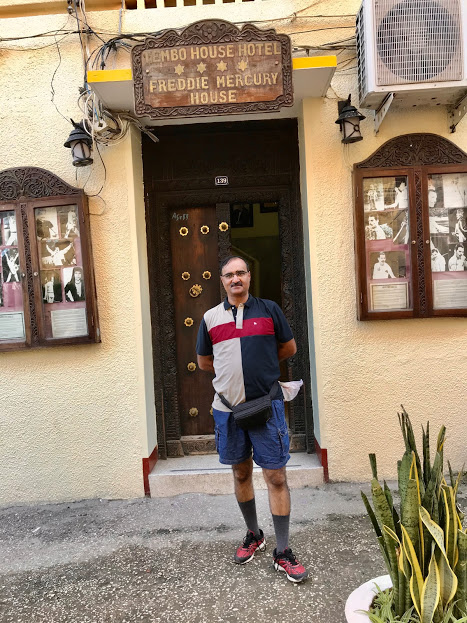

We crossed the Shangani Post Office and soon reached a shaded square surrounded by star hotels and very close to the seashore. A very quiet and peaceful place but Baka threw a surprise –” This is Kelele Square & Kelele in Swahili means noisy”. Why the hell was my reaction. Baka explained that in the days gone by when slave trade was at its peak, slaves were brought here to be sent abroad on vessels to their masters. When the parents were separated from their children, the wails of the little ones would fill this place so much noise. Hence the name Kelele Square. How inhuman! I shuddered at the very thought.
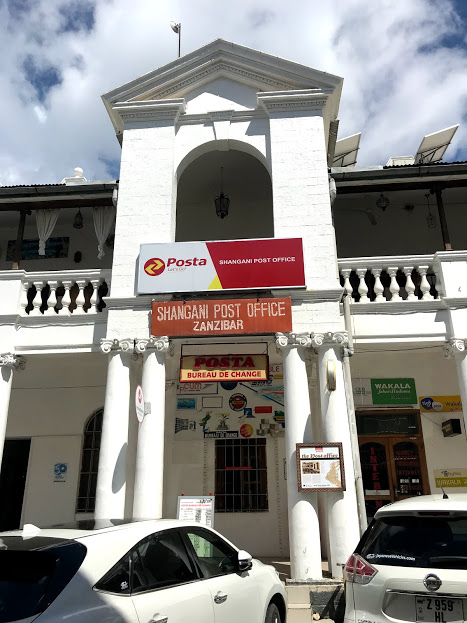
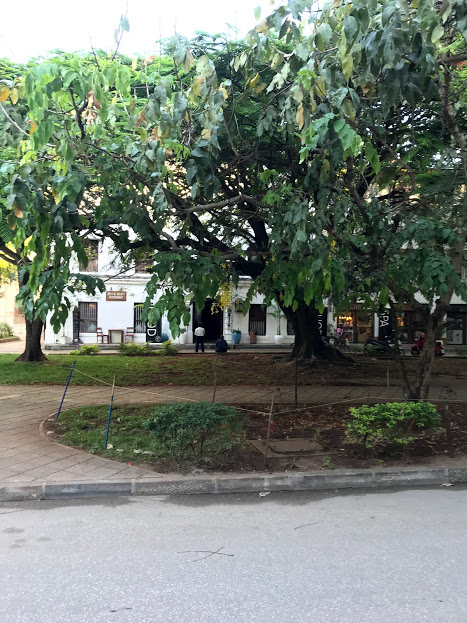
Continuing our walk with swigs of water in between, we reached the seafront. First stop was the Forodhani Gardens, a garden along the sea. Greenery, steel and cement benches and the main attraction….. a whole lot of stalls, carts selling traditional cuisine — A Food Street. People were there in good numbers, both locals and tourists enjoying the food, a siesta or the sea breeze. Did not see many walking, jogging or exercising.
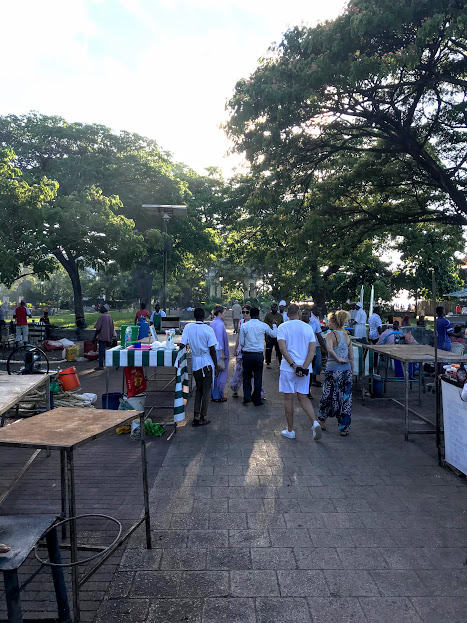
‘What is that big building on the opposite side of the road,’ I quizzed Baka. That’s the House of Wonders, began Baka.
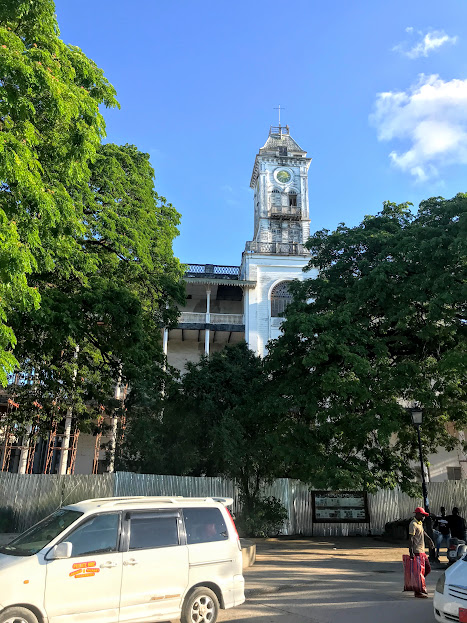
This was one of the six palaces in a row built overlooking the sea. This building called Beit-al-Ajaib was built in 1883 and was called by many as the House of Wonders because 1) It was and is the tallest building in Stone Town 2) It was the first building in the whole of East Africa to have electricity. 3) The first building in East Africa to have an elevator.
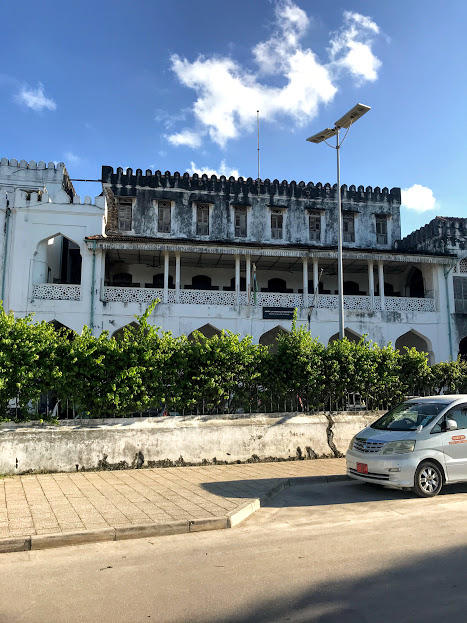
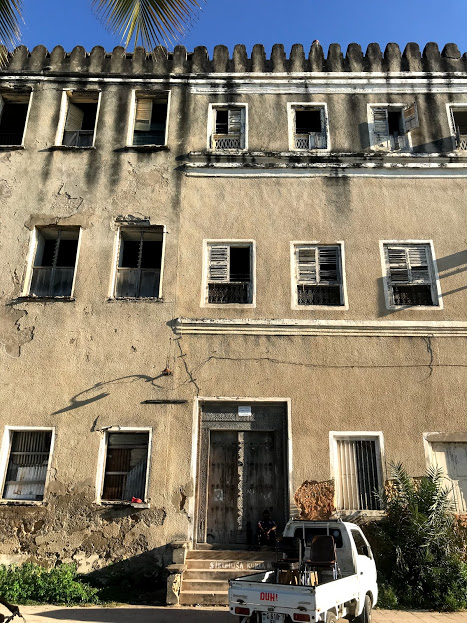
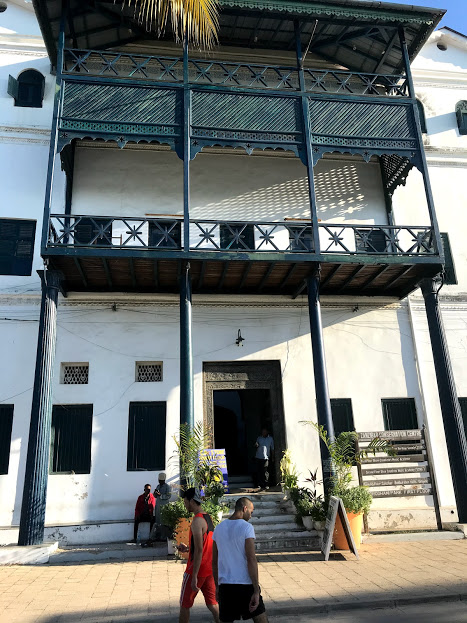
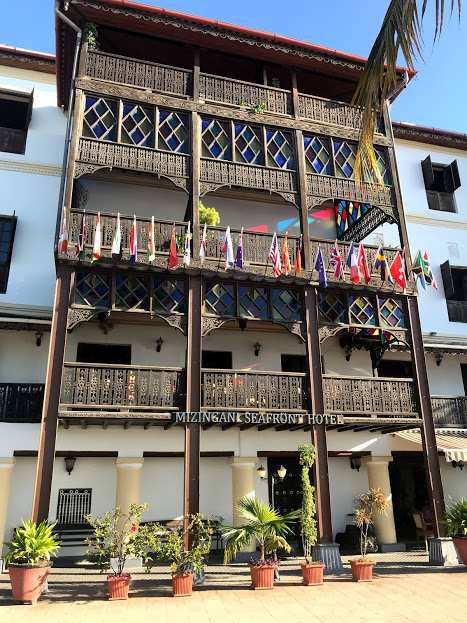
We walked along the seafront on Mizingani Road looking at the row of palaces the Sultans had built — some lying unoccupied, some converted to museums and hotels. Our next stop was the Old Fort. Not every portion is intact but the history certainly is.Built in the 17th century by the Omanis to protect themselves from attacks by European powers, it was later converted into a prison and barracks. The open courtyard inside houses small cafes and curio shops while the amphitheater is where dance and musical shows are held including the Zanzibar Film Festival.
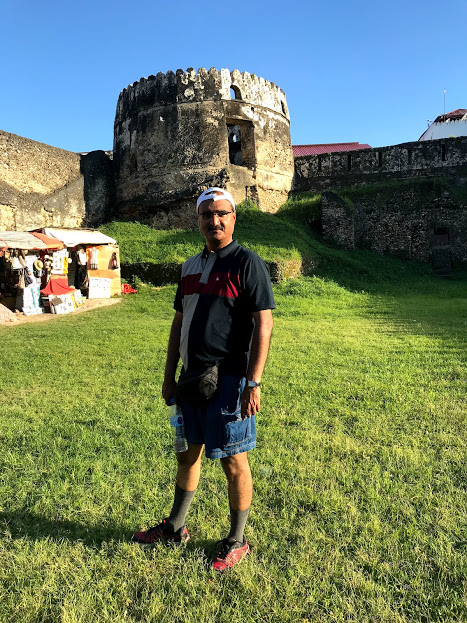
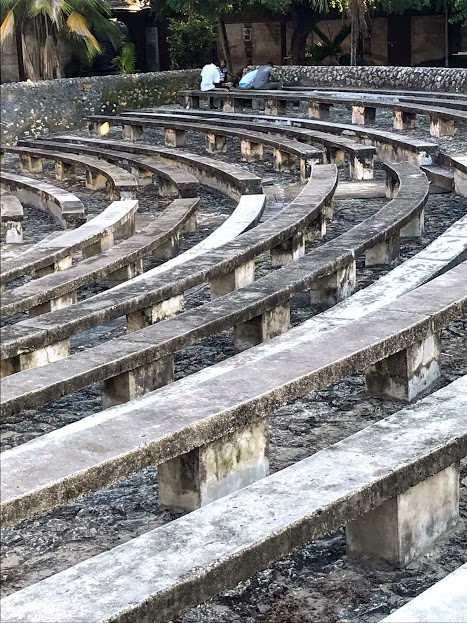
Walked through The Spice Bazaar with its noise and smell overpowering the senses. lots of Indian shopkeepers and the bazaar scene could be straight out of any Indian town. As we walked at a leisurely pace along many streets, suddenly Baka announced that we had reached the hotel. This did not seem to be the street and even the door of the hotel looked different. Then realisation dawned on me. The hotel had two entrances as it opened up on two streets. I thanked Baka and walked through the corridors of the ancient hotel, up to my room, exhausted but enriched.
Discover more from BalasBroadcast
Subscribe to get the latest posts sent to your email.